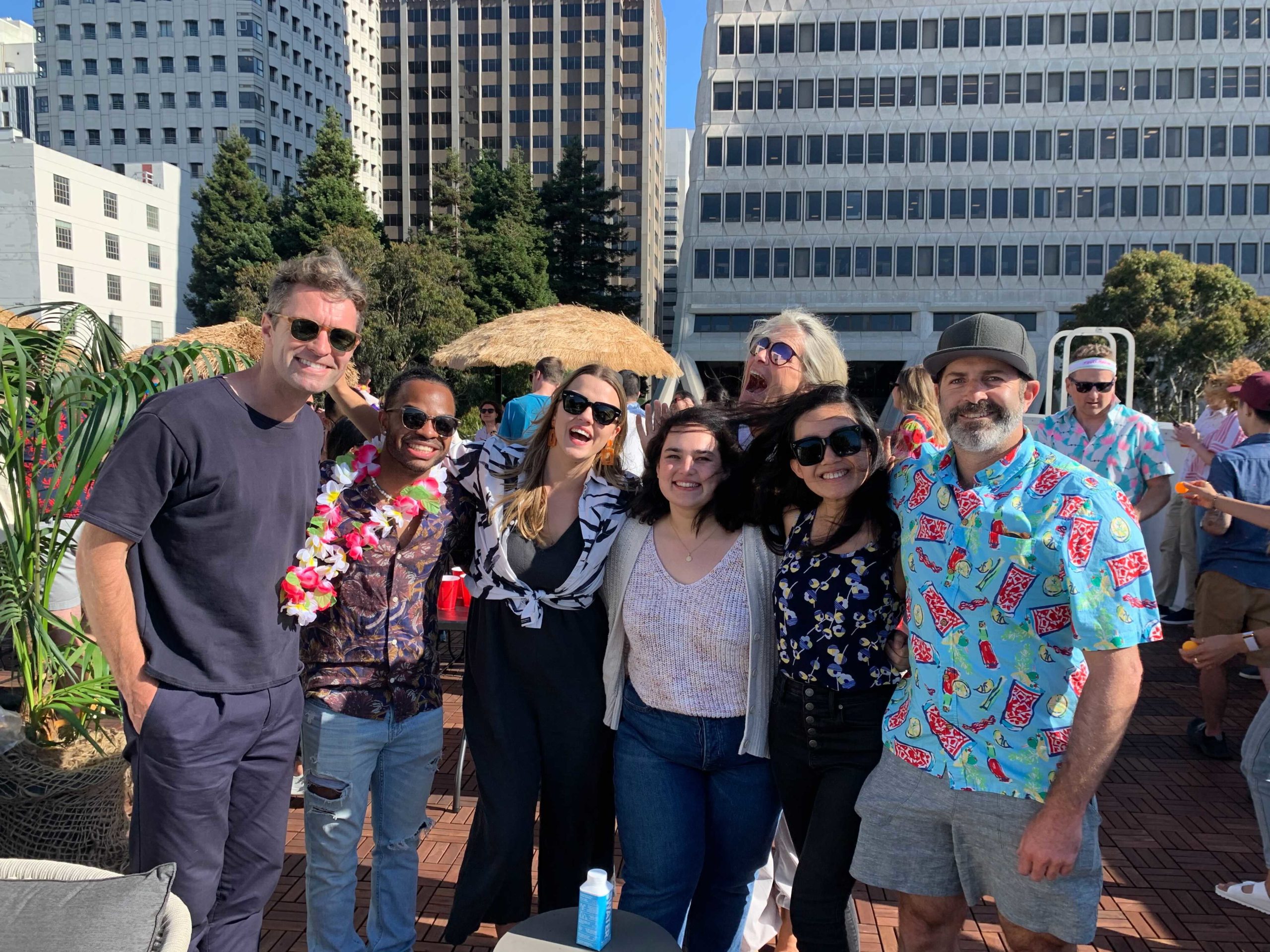When “buying in” involves more than just money…
For the experiential component of this class, my team is crafting a global water strategy for a multinational corporation. As my teammate commented earlier in this blog, although this company is a leader in its environmental and CSR practices, they have historically done very little to broadcast their impressive accomplishments to consumers. This is unfortunate, as consumers are proving to be sensitive to environmental practices and are increasingly using CSR initiatives as a means of differentiating brands during purchasing decisions. As he mentioned, the company is missing an important opportunity to have consumers literally “buy in” and increase revenues.
This post does not seek to re-tread what my teammate so ably covered. Instead, I’m fascinated by internal operations. In any good strategy, the implementation plan is as important as the initiatives themselves. “Reach” goals (ie – Coca Cola becoming “water neutral”) sound impressive, but are meaningless without action. Implementation involves two steps. The first is to break down the often intimidating goal into manageable pieces. The second – far more important – step is to identify team members who will drive the project toward completion. This is also known as getting buy-in.
Recognizing the importance of internal champions to ultimate success, we have spent significant time pursuing company-wide buy-in by interviewing employees throughout the world. These interviews have helped us better tailor our project to our client company. They have also increased ownership, because employees’ suggestions comprise the skeleton of the strategy. When internal stakeholders look at our final deliverable, they will be able to recognize their ideas and be proud of the effect they are having on the direction of the company.
Despite our work obtaining buy-in among those in the weeds who will be implementing the strategy, we are missing a significant contingent: top leadership. While grassroots buy-in is a crucial aspect of any strategy, a successful strategy requires endorsement by leadership too. Without a CEO’s attention, the strategy will never be included in the company’s greater direction and can wither and die.
We are making great progress, but recognize that success is much larger than we are, and involves buy-in from consumers, employees and top leadership.
—Rachel


